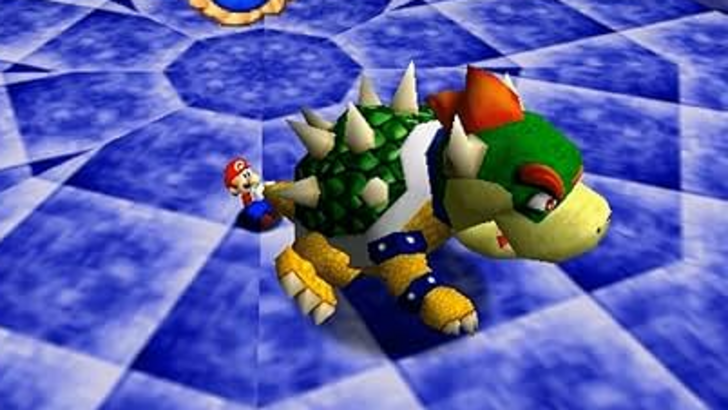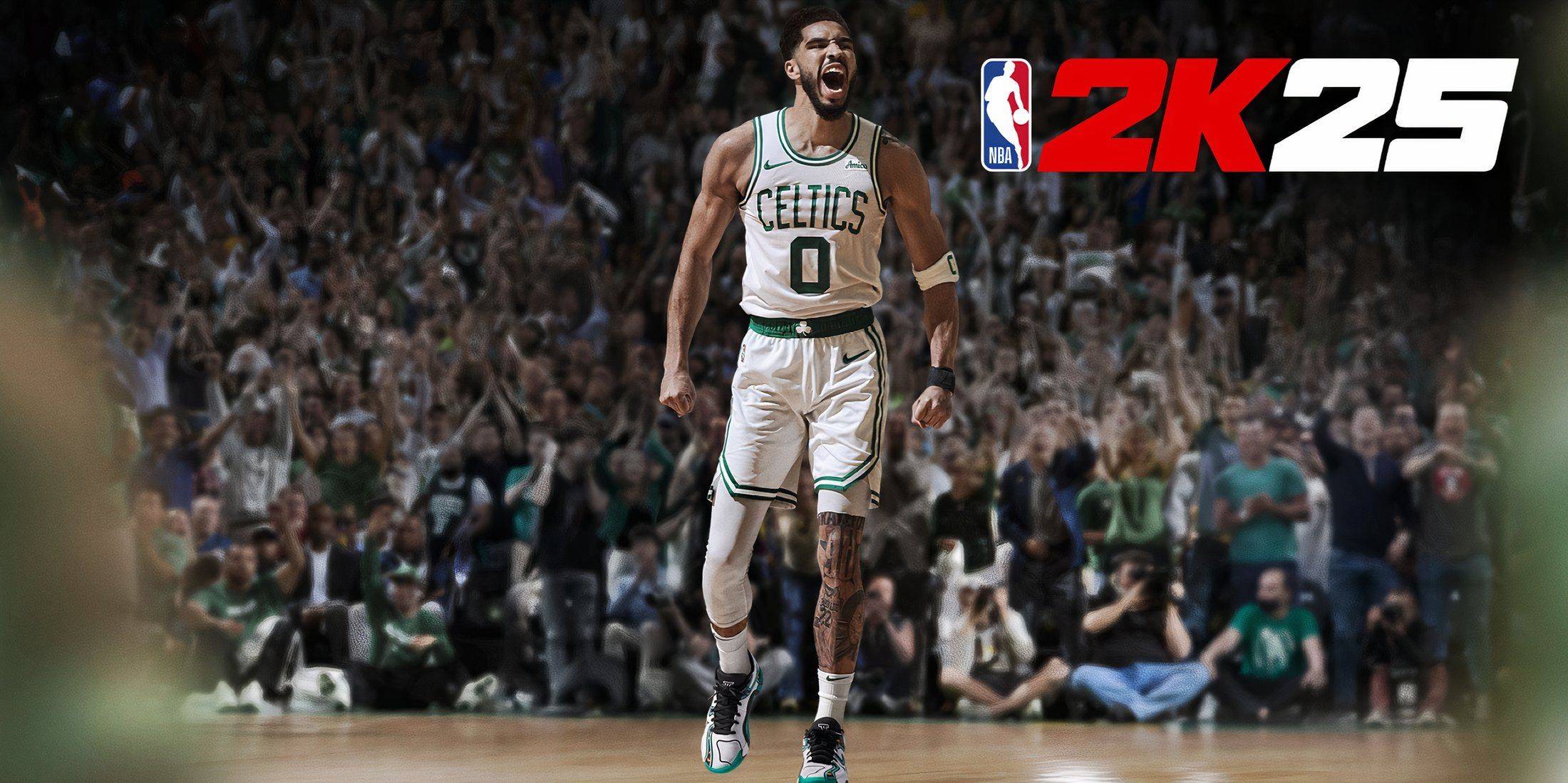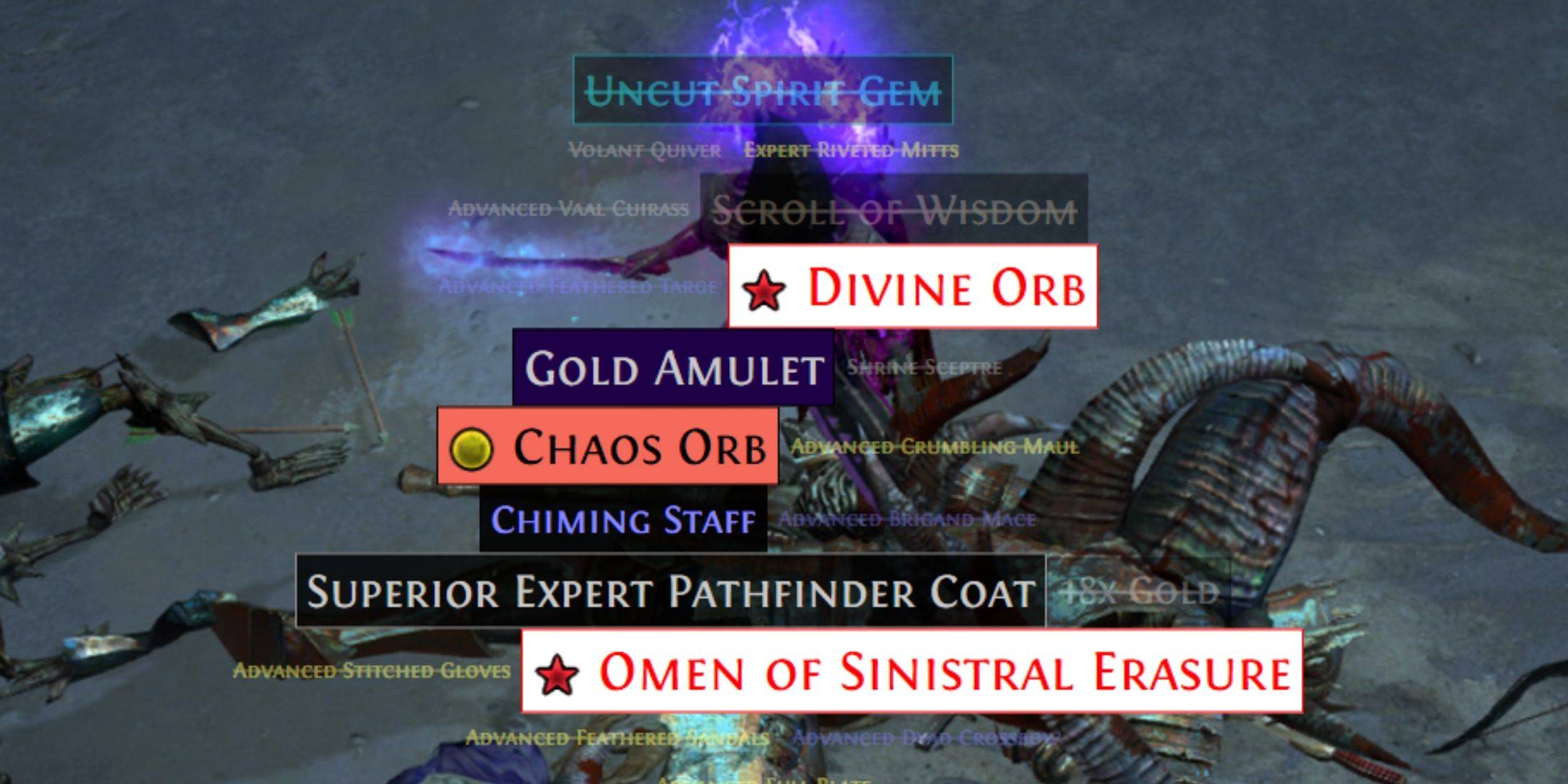I vividly remember purchasing my first OLED TV, the LG E8 55-inch, back in 2019, just before the world went into lockdown. It turned out to be the perfect isolation companion. At the time, I didn't fully grasp what OLED (organic light-emitting diode) technology was like. I understood that, unlike LCD displays with backlights, OLED features self-lit pixels, offering infinite contrast. However, after immersing myself in the visually stunning worlds of Final Fantasy XV and The Last of Us Part II, I realized this was akin to living a nostalgic fever dream in real time. Naturally, my journey with OLED didn't end with the E8.
A few years later, I upgraded to the LG C2 65-inch TV. Since then, I've reviewed numerous devices with OLED displays and discovered that not all OLED screens are created equal. In fact, they don't even share the same technology. You might be wondering, "How many types of OLED are there?" The answer is quite a few, but there are three you should really focus on: WOLED, QD-OLED, and AMOLED.
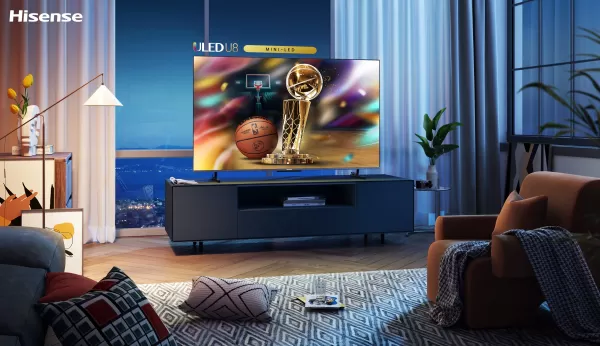
WOLED, QD-OLED, and AMOLED: How They Work
OLED technology has been around for decades, with companies from Kodak to Mitsubishi experimenting with different approaches. It wasn't until LG introduced its OLED TVs in the early 2010s that the technology gained mainstream popularity.
LG's version of OLED is known as WOLED (White OLED). Although LG doesn't market it as such, preferring to position itself as synonymous with OLED, WOLED uses a pure white OLED layer with an RGBW color filter. This means the self-lit pixels emit white light, which then passes through the color filter. However, this can lead to imbalanced brightness and reduced color volume due to the varying brightness levels through different color filters. Higher-end WOLEDs attempt to mitigate this issue with Micro Lens Array technology, which enhances light focus.
In 2022, Samsung introduced QD-OLED (Quantum Dot OLED), which replaces the white OLED layer with a blue one that interacts with a layer of quantum dot color converters. Unlike the RGBW filter, quantum dots absorb and convert light, preserving the full intensity of the backlight, resulting in more vibrant colors and better brightness.
AMOLED, on the other hand, falls into its own category. It's similar to WOLED but includes a thin-film transistor (TFT) layer, which enables faster pixel activation. However, this comes at the expense of OLED's characteristic "infinite" contrast.

WOLED, QD-OLED, and AMOLED: Which Is Better for Gaming?
Choosing the right OLED technology for gaming depends on your specific needs and preferences. If you're looking for a straightforward answer, QD-OLED is generally the best choice. However, there are scenarios where WOLED or AMOLED might be more suitable.
AMOLED displays are commonly found in smartphones and laptops, rarely in TVs due to their cost. AMOLED's flexibility makes it ideal for foldable devices and it supports high refresh rates and excellent viewing angles. Yet, they perform poorly in direct sunlight due to lower peak brightness.
For gaming monitors and TVs, you have the choice between WOLED (often marketed simply as OLED) and QD-OLED. WOLED can achieve high brightness levels, particularly with whites, but color brightness can suffer due to the RGBW filter. QD-OLED, on the other hand, offers superior overall brightness and color vibrancy because quantum dots absorb and convert light efficiently.
In my experience, WOLED performs better in highly reflective environments. My LG OLED TV, positioned opposite windows, maintains deep blacks despite glare. Conversely, my QD-OLED monitor on my desk shows a purplish tint in similar conditions because Samsung removed the polarizing layer to boost brightness, which can increase reflections.
While QD-OLED displays typically offer better color and brightness, WOLED screens are less distracting in reflective settings. However, the actual quality of these displays depends heavily on their specifications and price point—the more you invest, the better the visual experience you can expect.
The future of OLED technology isn't limited to WOLED and QD-OLED. PHOLED (Phosphorescent OLED) is on the horizon, utilizing phosphorescent materials to convert energy into light more efficiently. The challenge with PHOLED has been the shorter lifespan of its blue component, but LG has announced a breakthrough, dubbing it "Dream OLED." PHOLED promises 100% luminous efficiency, outstripping the 25% efficiency of fluorescent OLEDs, resulting in brighter displays with lower power consumption.
Although we won't see PHOLED TVs in the market imminently, we can expect to see this technology in smartphones and tablets in the near future.

 Latest Downloads
Latest Downloads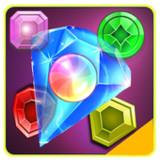
 Downlaod
Downlaod




 Top News
Top News
